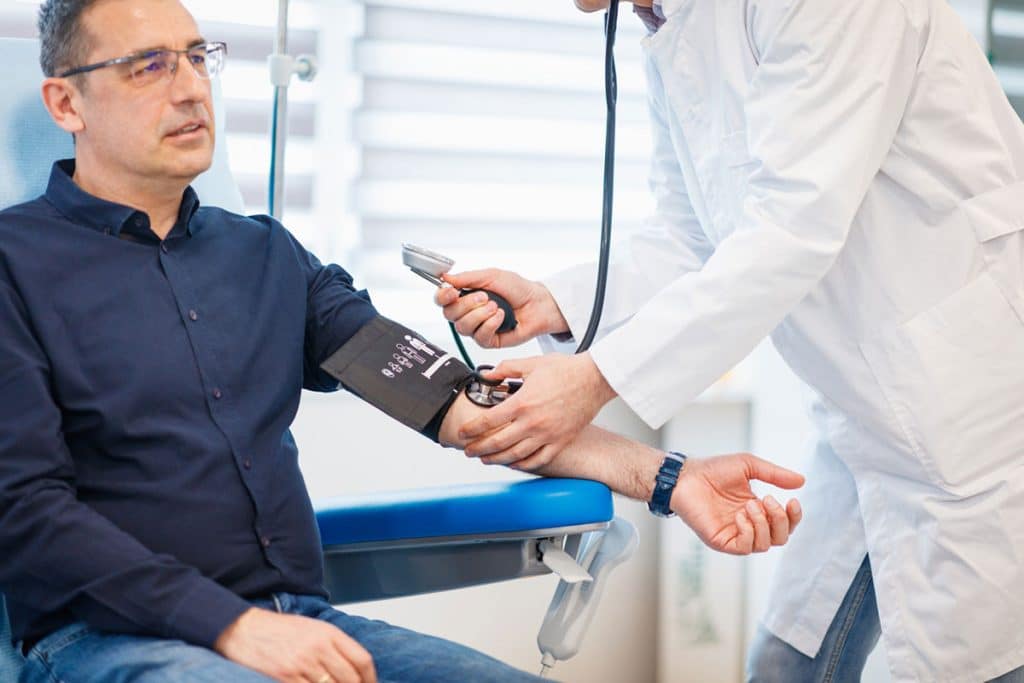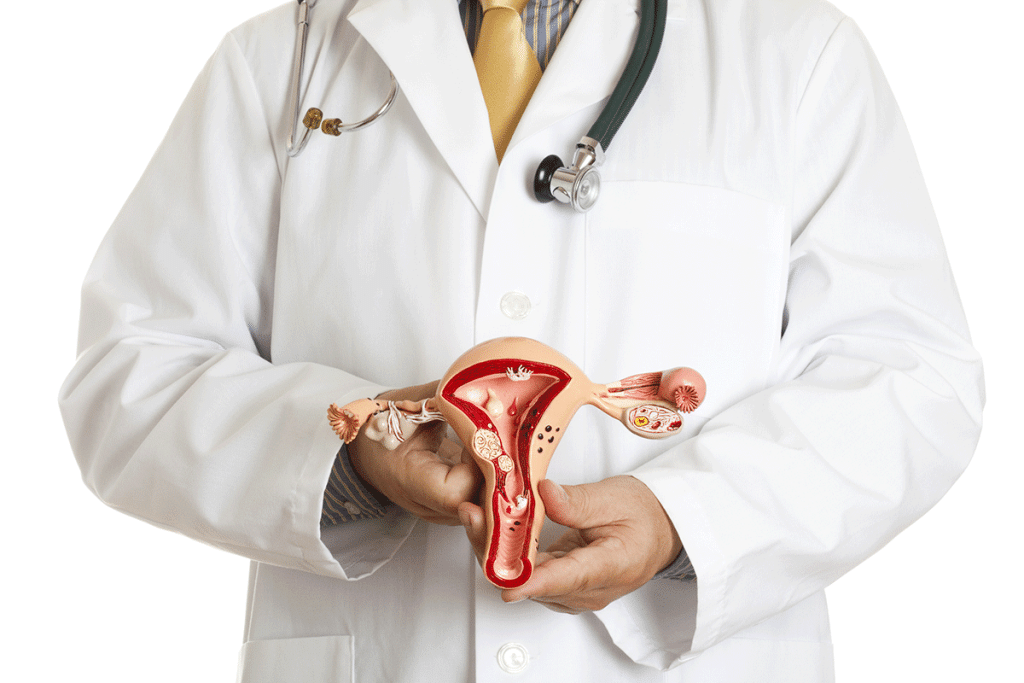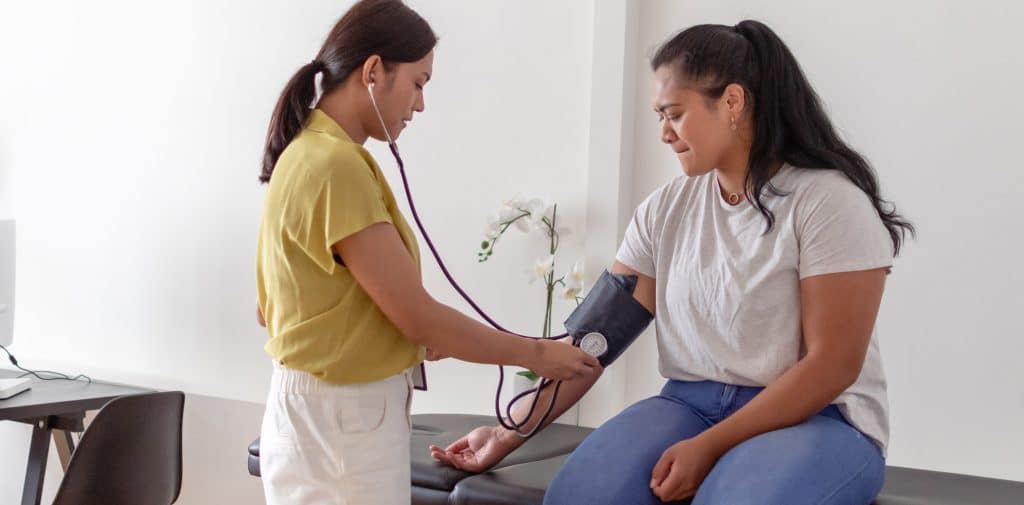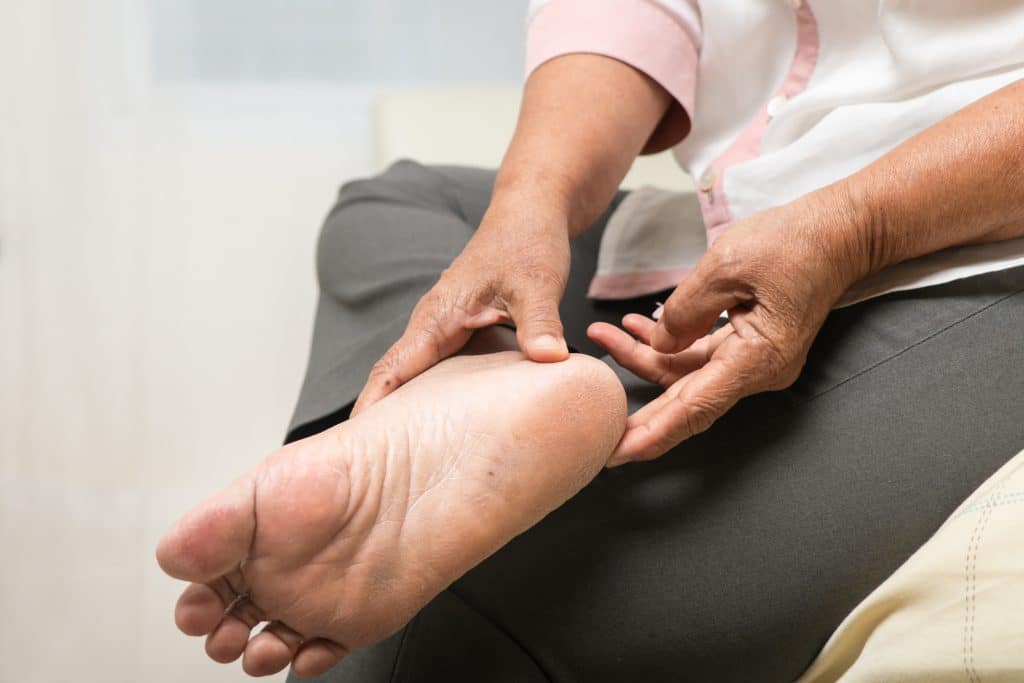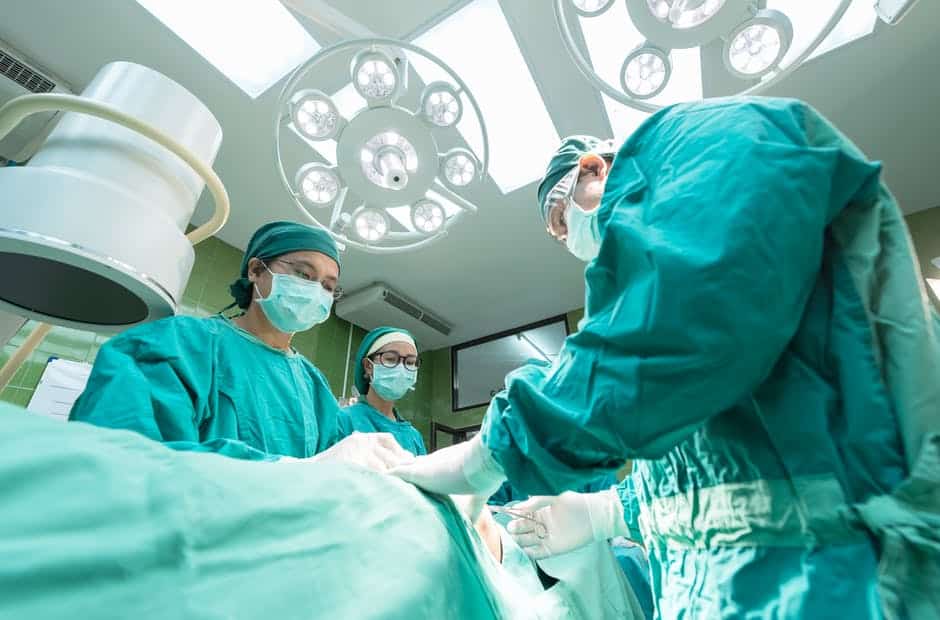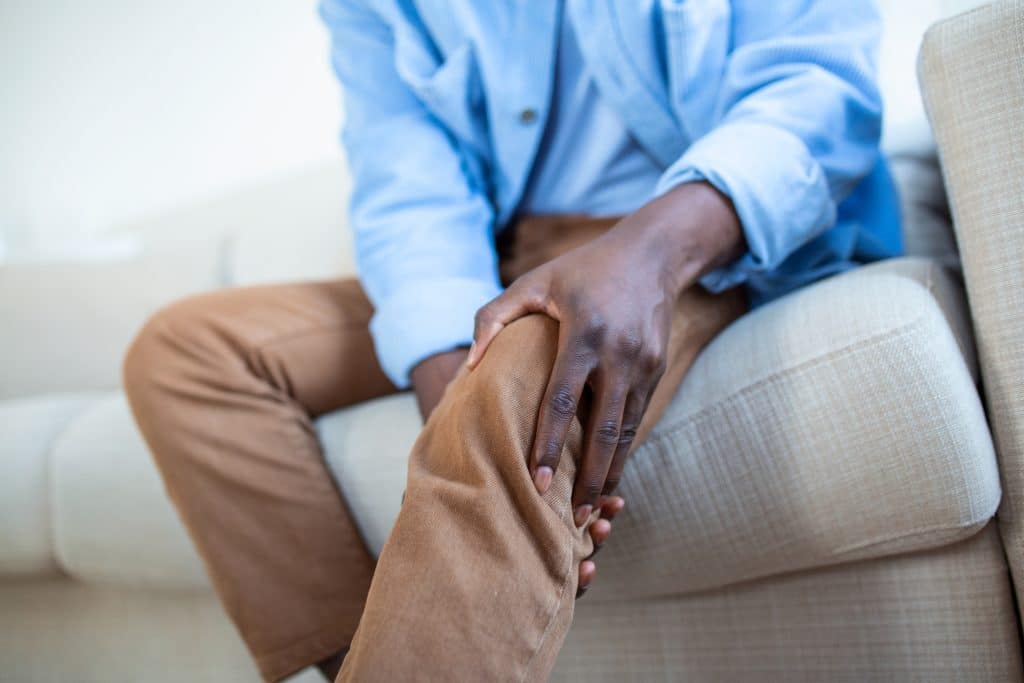Coastal Vascular Center Blog
The Importance of Vascular Health Screenings: Why You Should Get Checked Out
What Are Vascular Health Screenings? Vascular health screenings are a non-invasive way to check for signs of vascular disease. They can help you determine if you're at risk for developing a condition like atherosclerosis or peripheral artery disease (PAD). You may...
Is Peripheral Artery Disease A Death Sentence
Peripheral artery disease (PAD) is a common condition in which the arteries in the legs become narrowed or blocked by a buildup of plaque. This condition affects millions of people worldwide and can lead to serious complications such as amputation, heart attack,...
Minimally Invasive Treatments of Venous Reflux
Venous reflux disease is also known as venous insufficiency. This a medical condition affecting the circulation of blood in the lower extremities. The tiny valves that force blood back up towards the heart no longer function. Thus, causing blood to pool up in the...
Effective Treatments For Uterine Fibroids
Treating Fibroids at Coastal Vascular Center Approximately 7 out of 10 women will have fibroids at some time in their lives. Chances are very good that you have already had them. You may not even know that you have had them since they do not always cause symptoms....
5 Exercises To Improve Circulation
Circulation is the movement of blood through the body. It's important for delivering oxygen to the organs and tissues, removing waste products, and providing nutrients to those tissues. Without good circulation, you would not be able to get oxygen from your lungs...
Symptoms Of Poor Circulation In The Body You Should Know
Poor circulation is a symptom, not a condition in itself. If you have poor circulation, you are having a problem getting blood to the parts of the body that need it. Every part of the body depends on healthy circulation. Your lungs and muscles need oxygen, waste...
8 Facts About Peripheral Arterial Disease
Peripheral arterial disease, or PAD, is a condition in which plaque builds up inside the arteries of your legs, limiting blood flow to your lower extremities. PAD can be just as dangerous as heart disease because it increases the risk of having a heart attack or...
Leg Amputation Can Be Avoided in PAD Patients
Each year, more than 150,000 amputations are performed in the US to remove toes, legs or feet affected by advanced peripheral artery disease (PAD). Modern treatment options can restore blood flow to affected limbs and reduce the risk of amputation. PAD patients are...
How Arterial Disease Affects Your Life
Peripheral arterial disease, or PAD, occurs when arteries become blocked by plaque. Plaque is a substance that forms when fatty substances (cholesterol, for example) stick together and build up on the walls of the arteries. When most people think about arteries,...
Uterine Fibroid Embolization Education is Key For The Proper Treatment
Nearly two decades after the ground-breaking uterine fibroid embolization (UFE) procedure was introduced, the minimally invasive option to treat uterine fibroids still lags far behind hysterectomy, according to a recent medical study. Even with nine out of 10 women...

